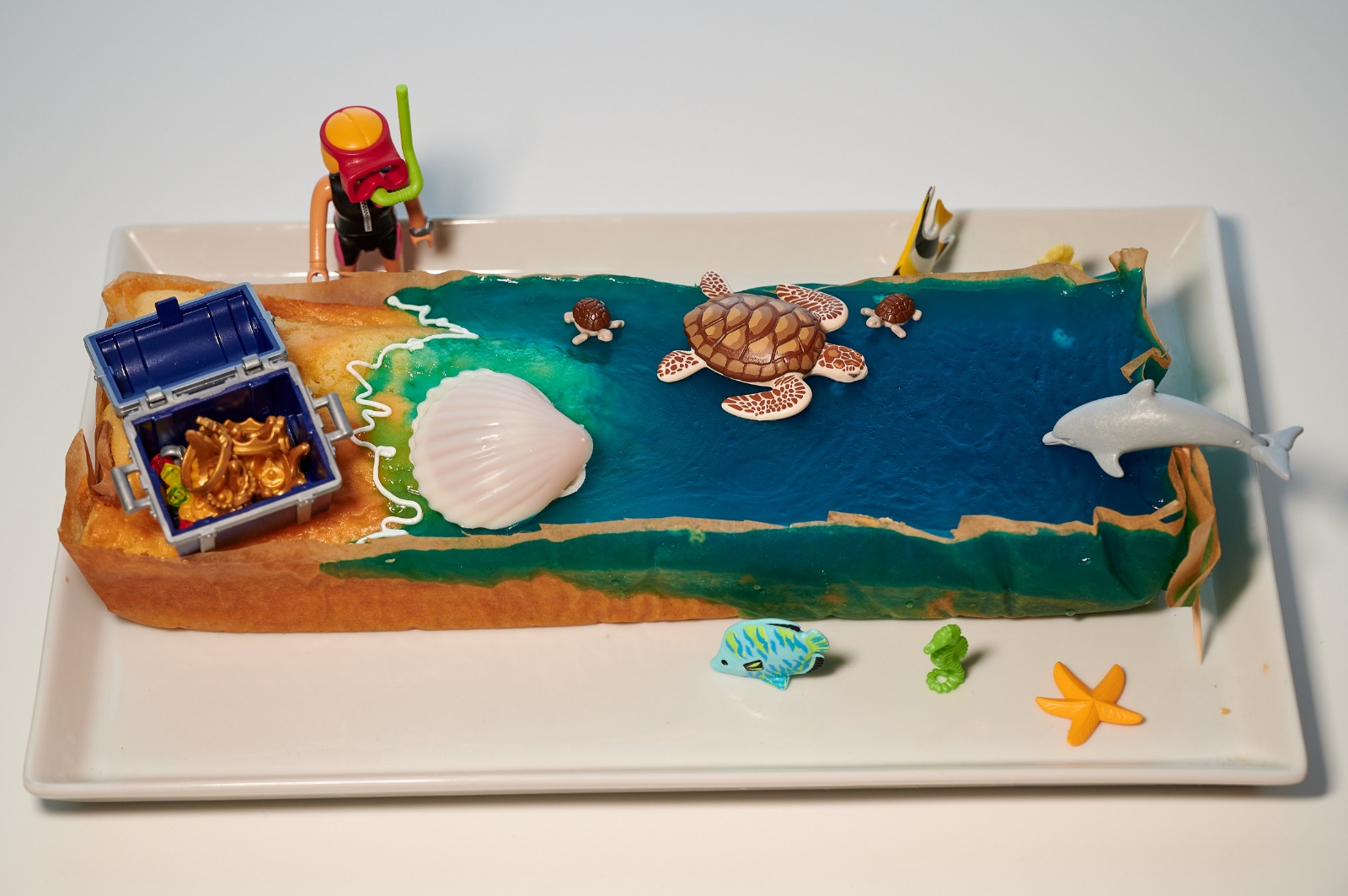
A red thread in my career: Being intentional about building community
Today is my blog’s 9th Birthday! How incredible is that? I’ve published 1,300 blog posts (this one is, in fact, exactly number 1,300!). Who would have thought that this would come out of me being a bored babysitter because A&I(happy anniversary, btw!)’s kids are always just too well-behaved and were sleeping, and I was on the couch procrastinating on doing some other stuff, and so I started a blog about floating and sinking soda cans and other #KitchenOceanography fun. And how cool that the topic and title I picked back then transitioned so well with every move my career would take! It seems incredible how much I’ve written over the years and how much time I must have spent on this blog in total. But it has been so rewarding, and so much fun! And it has also become a really interesting record of my professional development.
Anyway, in honor of my blog’s anniversary and nine years of doing wildly different, but always exciting work, let’s reflect a bit. A couple of weeks ago, I met a group of postdocs of UiB’s SEAS programme, mostly to talk about my science communication with #WaveWatching and #KitchenOceanography, but I had also been asked to talk about my non-traditional career path and networking and all my other favourite topics (poor people, they might not have realised that I have MANY favourite topics…).
When putting together the presentation, I thought about the red thread through the topics I wanted to talk about, and I realised that a lot of my work is on being intentional about building community, in one way or another.
The examples I mentioned to illustrate that were about building community with peers, as in professional networking, and learning communities for when you are in teaching roles, and lastly — the main part of the presentation, because that was what they had asked for — in science communication. I’m going to run through them here:
Being intentional about building community with your peers
The one piece of work that I have presented most often and gotten the most positive and grateful feedback on is something I wrote with friends from the Earth Science Women’s Network already back in 2013, around the time I started this blog: The “mentoring map“. It is a tool that we created to help think through ones own mentoring needs, visualise ones network and identify and fill any gaps. I am sharing slides for a workshop on the mentoring map here and a pdf of the chapter where we originally published it here, and I think it is really most useful to think about this tool in terms of building community, and contributing to a community, rather than “networking” in a way that is just associated with taking from others rather than giving. In any case that is how we intended it.
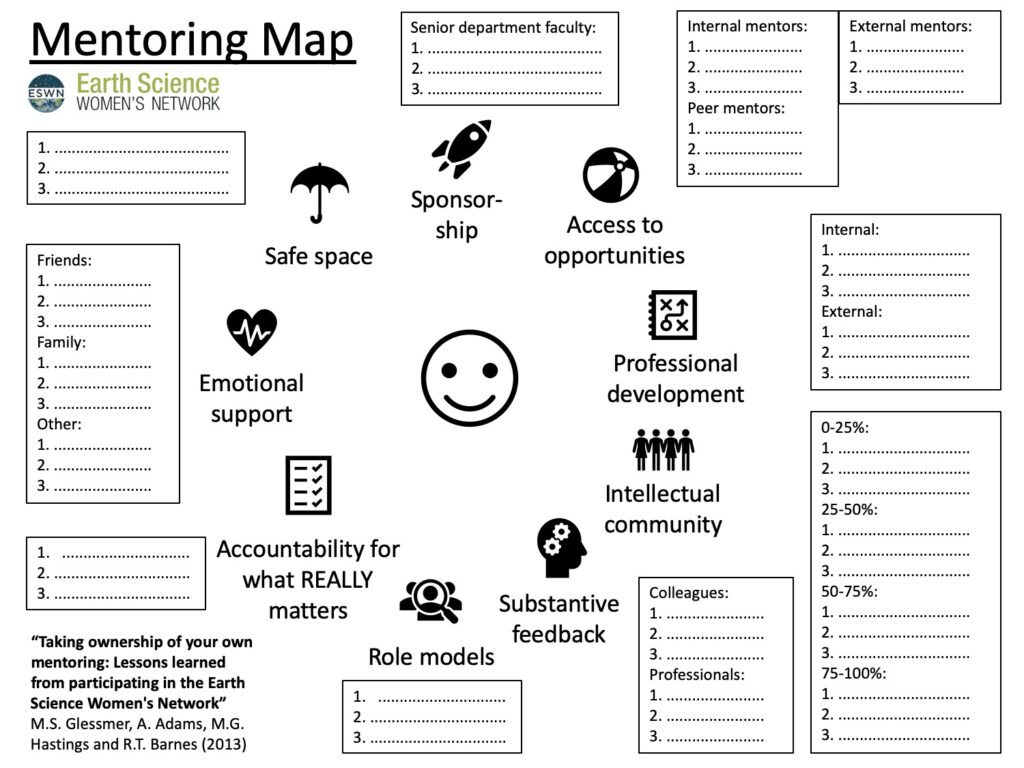
The “Mentoring Map”. Read more about it here
Being intentional about building community “in your classroom”
Now, as an academic developer, I am very much inspired by the work of Cathy Bovill and others on co-creation, and Kjersti Daae and myself have a large project working on this. And, when we boil it down, co-creation is nothing else than building a community “in your classroom”, one where students value each other and the teacher, are valued back the same way.
Implementing and maintaining co-creation in a classroom is a process but there are several steps that can help to gradually work in that direction, and we have collected many of our ideas here.
When I use quotation marks around “in the classroom”, that’s to indicate that this is not only about the physical space, it can of course also be virtual, where it is both more difficult and also even more important to be intentional about creating community.
When creating community, it is important to make it inclusive. One way to do that is to think about UDL, which I am doing in another current project. Looking at the figure above, it is an example of where I checked for accessibility too late in the process and ended up with colors that are suboptimal (but, in our defense, we have the double coding in parantheses).
Another is to think about what makes students feel that they belong. I just wrote a longer blogpost on “students’ sense of belonging, and what we can do about it” earlier today, and there I describe our iEarth Seed Project that funded Sarah Hammarlund (of the article “Context Matters: How an Ecological-Belonging Intervention Can Reduce Inequities in STEM” by Hammarlund et al., 2022) recent visit to Scandinavia, and kick-started my work on that topic.
In the blogpost on “students’ sense of belonging, and what we can do about it”, I share ideas to increase students’ sense of belonging in three areas: With peers, with the teacher, and with the subject and school. Check it out for that because here, I just want to talk about one example that I used in that presentation for the SEAS postdocs (and that I haven’t written about before), and that is how we present ourselves and what we (might) communicate to others.
Below is the picture that Kjersti and I use when we introduce ourselves in the context of our project, because it shows us in our professional context — teaching on a research cruise with students — and also shows that we are having fun. But what other messages might be in that picture that we didn’t think about? For example relating to being on a ship, or wearing such overalls (that we as well as all students borrowed from the university for the cruise), or being in a (seemingly) all female, all white environment? In the geosciences, we tend to paint this wild romantic picture of researchers being explorers that brave the tough conditions of the wilderness. But that’s certainly not something that appeals to everybody, and might in fact be really off-putting to some. We chose the picture thinking that it made us look approachable, but does it really work that way?
Or another picture that I’ve used, showing my colleague Elin and me, again thinking that we look approachable and fun, while also showing us doing an experiment that was relevant for the occasion we wanted to use the picture in. Without a context that is explicitly about #KitchenOceanography and if people don’t recognise the experiment we are showing off in our glasses though, we might just look silly?
So sometimes we might communicate different things than we intended to communicate! Providing context is always a good idea.
But #KitchenOceanography bridges me over to the main topic of that presentation: Academic belonging; feeling that students are studying the right subject in the right place. For example during emergency online teaching, like in spring of 2020, it was pretty important that students could do something that might help them feel that they are becoming an oceanographer, even though they are sitting at home alone, without a direct connection to peers or teachers. So this is the point in my presentation where I started talking about
#WaveWatching: Walking through the rain or doing dishes, feeling like an oceanographer
#WaveWatching is the practice of discovering disciplinary concepts in everyday situations. Whether in the sink or a puddle in the street — thoughts about oceanography will infiltrate your life! :) And this is easily transferrable to all kinds of other subjects, no matter what your specific lens is, you can make it a habit to look at the world through it and notice all the places where your subject pops up and is relevant. Just look at my #WaveWatching Insta @fascinocean_kiel to get an impression of how much of a habit it has become for me, and I get almost daily messages from people who saw waves and thought of me. So clearly something is working there!
And then, with the SEAS postdocs, we started playing with coffee! Because…
#KitchenOceanography: No ocean? No problem!
#KitchenOceanography works somewhat similarly to #WaveWatching, except this time we are creating the things we want to observe, using everyday household items. One of my current favourites is using coffee to discuss ocean physics! This often creates transformative experiences, where people can’t just have a normal coffee after having started to look at it as an oceanographic experiment. Again, great way to show the relevance of disciplinary concepts in everyday life! And it works really well in virtual teaching settings, because everybody can do their own experiments at home, but we can still all discuss observations. And now observations have to be described much more carefully than when we just point to something and assume that the other person sees the same thing we do! As with #WaveWatching — once you’ve started seeing the world this way, you cannot unsee it. And lots of people send me pictures of their coffee, supporting this claim.
(More on #KitchenOceanography with coffee here).
#KitchenOceanography — and creating a space to share my experiences with it and have conversations about it (so really starting to build a community centered around #KitchenOceanography!) — is where my blog started from 9 years ago. So now we’ve gone full circle! Funny how I managed to bring #WaveWatching and #KitchenOceanography into the red thread of my career, right? But to me, it makes total sense. And it also makes sense to me that today (as in really this day, August 28th, 2022), instead of doing #KitchenOceanography, and with only minimal #WaveWatching to celebrate my blog’s Birthday (well, and an afternoon in the pool at freediving training, to be fair), I spent the evening writing that blogpost on belonging. It is not that all the other stuff isn’t important any more, it’s just that at this point, my academic developer self has integrated the oceanographer Mirjam as one specific skillset and viewpoint that is interesting and useful and always informs the academic developer, but still is only one lens when I have others at my disposal, too.
Funnily enough, when I mentioned to my highly esteemed colleague Torgny the other day about that presentation for the SEAS postdocs, and that I was proud that I had managed to find a red thread in my career, he rolled his eyes at me and told me that this red thread had been obvious for a long time. Well, thanks for telling me that I’m on the right path of understanding what I’m doing, I guess? :-D But yeah, this is where I am at now. And soon I will have to write a teaching portfolio. Can I just send them a link and ask them to read through 1,300 blog posts?
P.S.: My sister baked that super cool cake in the picture on the very top, and her husband took the picture. Thanks a lot! :)
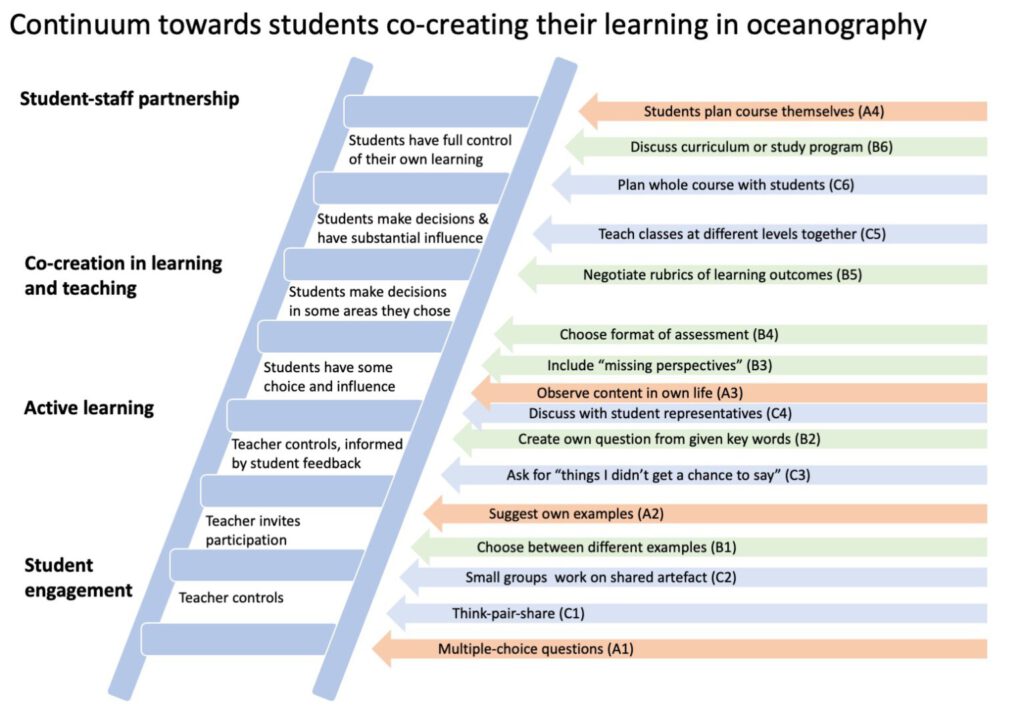
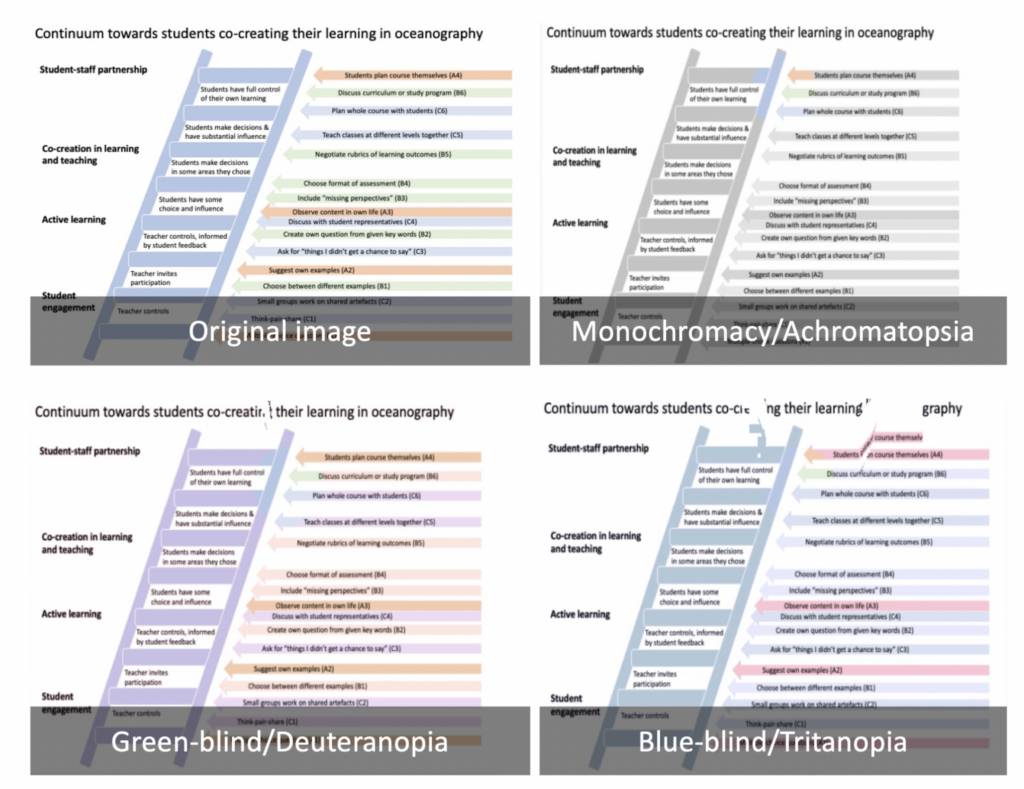
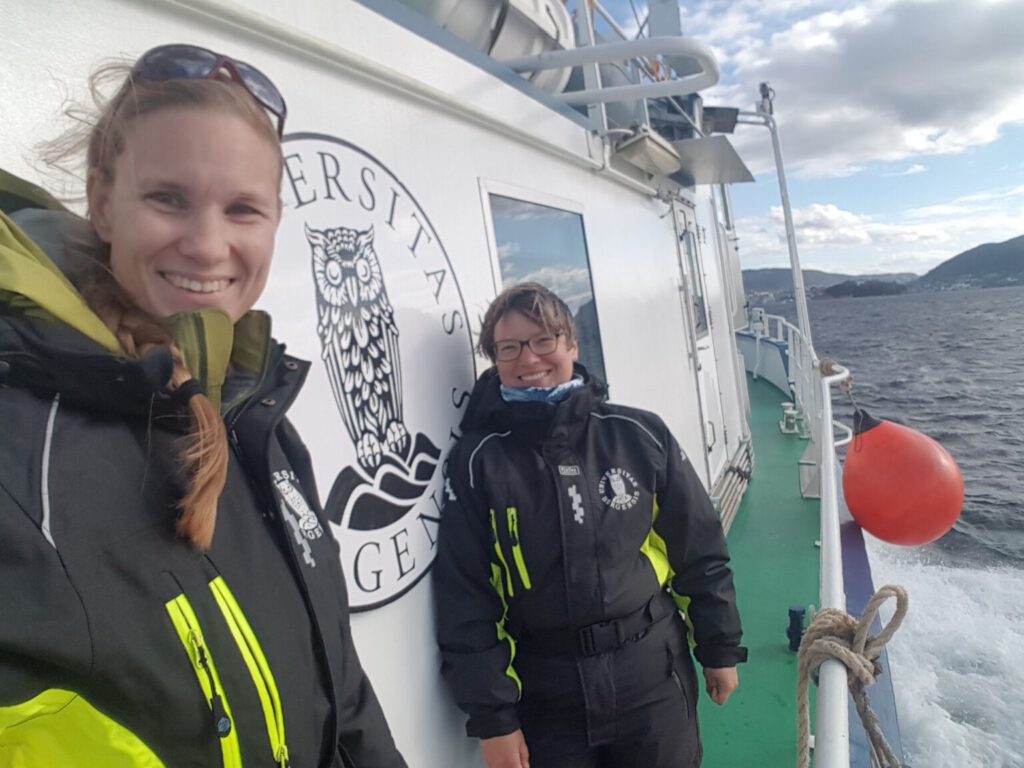
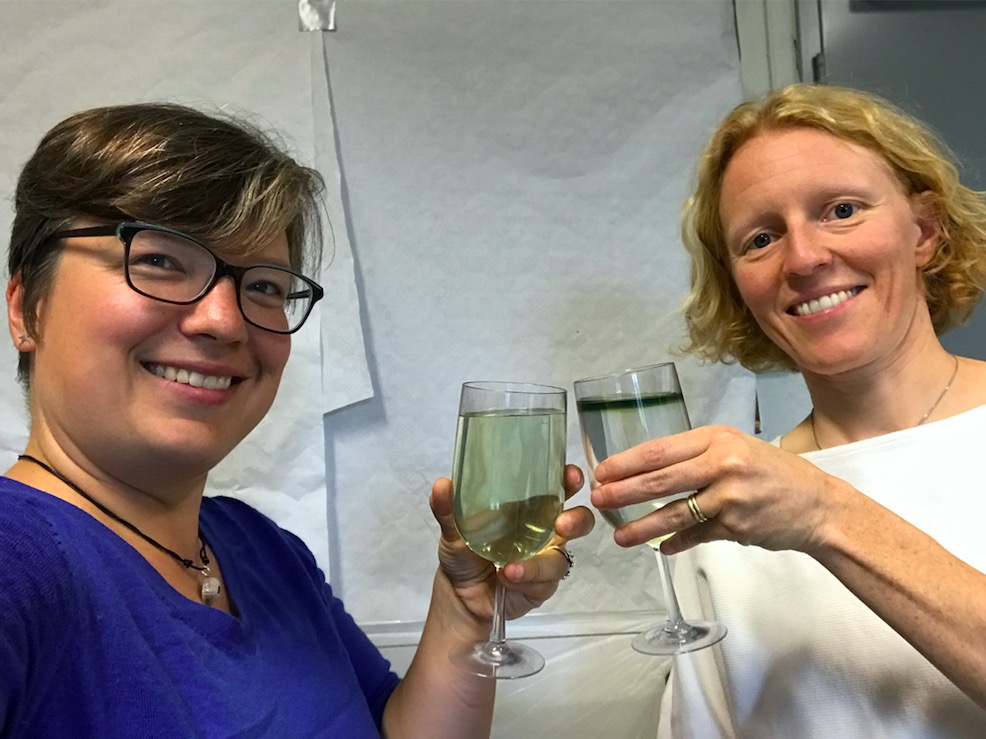
seatrek says:
Happy blog-o-versary. I just discovered your blog yesterday.
Mirjam says:
Thank you, and hope you stay :)